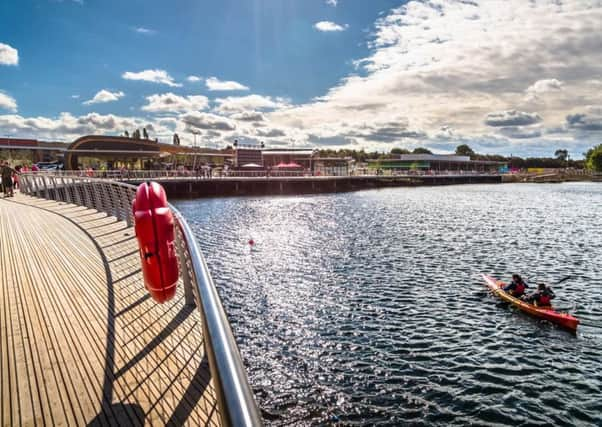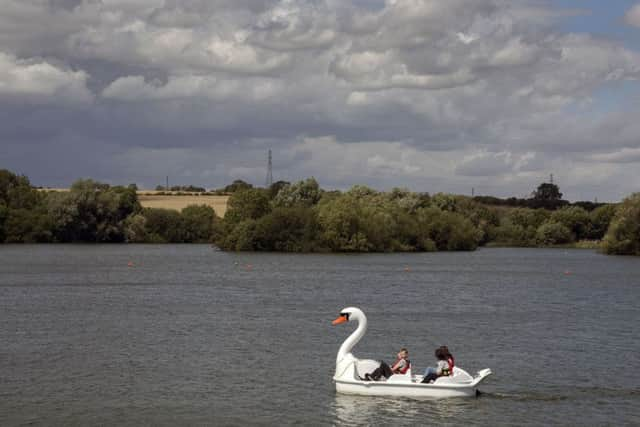Rushden scheme given as example of developers working alongside nature


New guidelines published today (Thursday) show how new housing developments can be built in a way that provides people with greener homes which help to reverse decades of wildlife and habitat decline.
‘Homes for people and wildlife - how to build housing in a nature-friendly way’ has been published at a time when the Government has recently committed to building a further 300,000 homes a year until 2022.
Advertisement
Hide AdAdvertisement
Hide AdThe Wildlife Trusts believe that the natural environment must be put at the heart of planning to give the Government a chance of meeting its commitment to be the first generation to leave the environment in a better state than we found it, and to build new homes and communities that people enjoy living in.


Rachel Hackett, Living Landscapes Development Manager for The Wildlife Trusts, said: “A huge challenge lies ahead – thousands of new houses are to be built yet we need to restore the natural world.
“We’re calling on the Government and local authorities to build beautiful, nature-friendly communities in the right places.
“Over the past century we have lost natural habitats on an unprecedented scale.
“Yet nature has its own innate value.


Advertisement
Hide AdAdvertisement
Hide Ad“It also makes us happy and we depend on the things that it gives us.
“Our new guidelines show that it’s possible to have both, so people can enjoy birdsong, reap the benefits of raingardens which soak up floodwater, and plants that bees and other pollinators need to survive.
“With good design the costs of doing this are a tiny proportion of the overall cost of a housing development, but represent a big investment for the future.”
The Wildlife Trusts are calling for the current focus on numbers of new homes to be replaced by a visionary approach to where and how we build.
Advertisement
Hide AdAdvertisement
Hide AdThe trusts’ blueprint for new nature-friendly homes highlights the myriad of social, environmental and economic benefits of this approach: benefits for wildlife, residents, the economy and wider society and developers.
Twenty years from its inception, Cambourne in Cambridgeshire remains one of the best examples in the country, with 5,000 houses and more than 200 acres of wildlife habitat, which supports more skylarks, orchids, dragonflies and other wildlife that lived on the site when it was intensive arable farmland.
Brian Eversham, CEO of the Wildlife Trust for Bedfordshire, Cambridgeshire and Northamptonshire, said: “Rushden Lakes and Nene Wetlands in Northamptonshire is a retail and leisure development rather than housing, but the same principles apply: developers have provided land which links together four existing trust nature reserves, and are funding the management of the land.
“The footprint of the retail development is on former industrial derelict land of very low wildlife value.
Advertisement
Hide AdAdvertisement
Hide Ad“In the heart of the development, a visitor centre has been provided, where the trust can engage with large numbers of people and demonstrate how the nature reserve is flourishing.
“Similarly Lilbourne Meadows, on the western edge of Northamptonshire, not far from Rugby, is a logistics hub next to the M1.
“The developers are providing a large area of meadows suitable for breeding birds such as skylark, meadow pipit and curlew, and a network of hundreds of ponds for great crested newts and other wildlife.
“Although the habitats are being created to mitigate for warehouse development, they will also be accessible to new areas of housing nearby.”
Advertisement
Hide AdAdvertisement
Hide AdEvery year The Wildlife Trusts work to influence local authority planners and respond to thousands of planning applications to benefit wildlife and people, and work in partnership with developers to influence the landscape design in and around new developments.